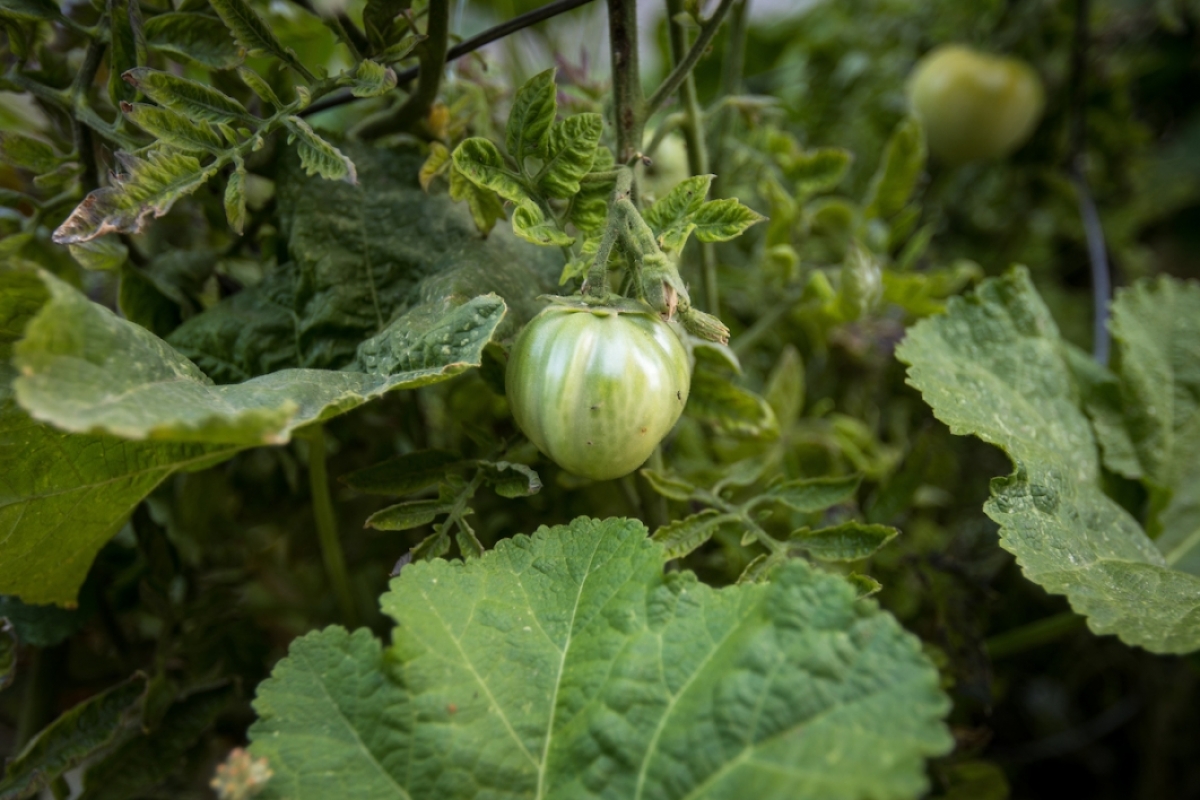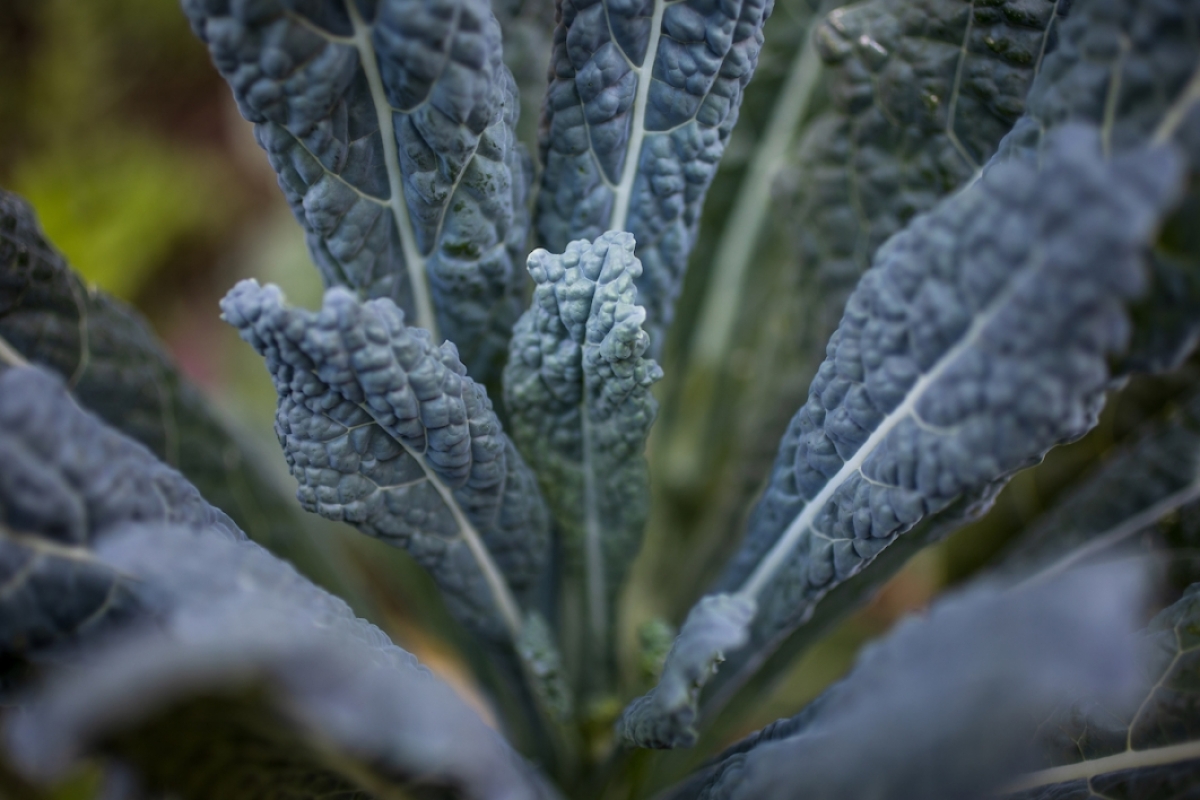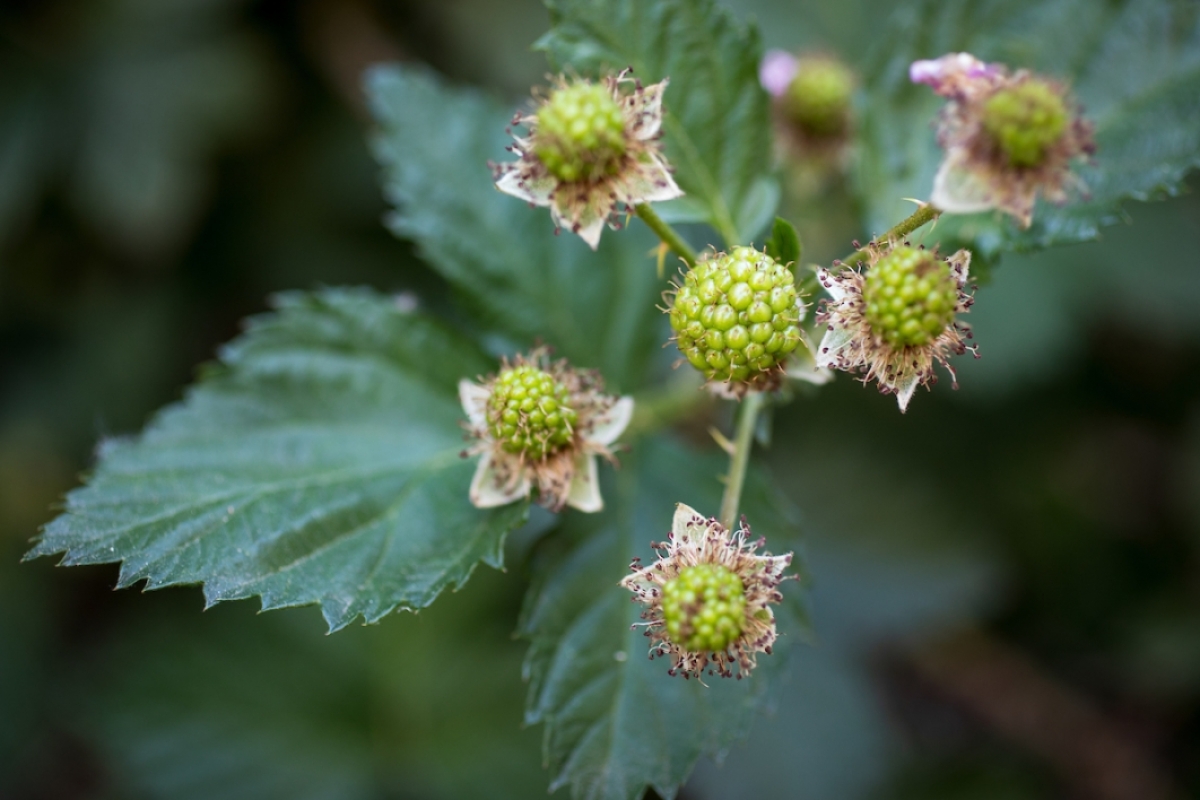Learning to garden — online?
ASU gardening Instructor Deborah Thirkhill has found unique advantages to conducting her physical activity class virtually
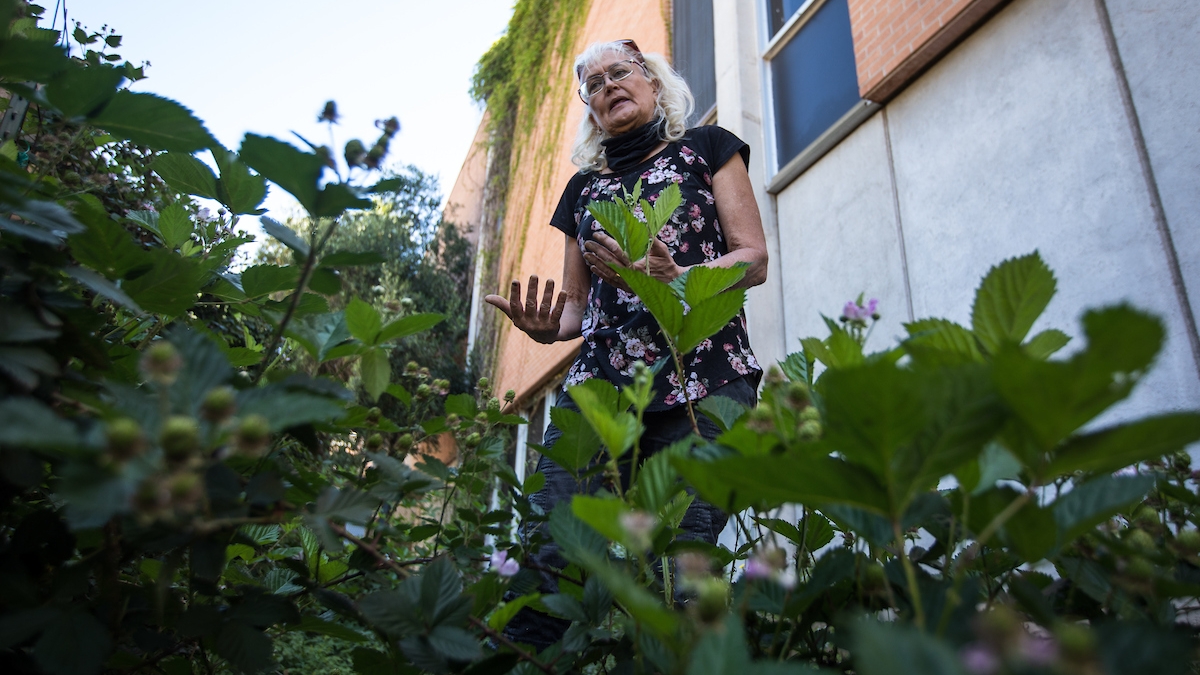
The joys of gardening: head in the sun, hands in the dirt, something living where nothing lived before, and finally the crunch and snap and taste of what you and nature have created together. Indeed one of life’s pleasures, and one worth learning and teaching.
But how do you teach it online? It’s not exactly calculus or ancient Roman history.
One Arizona State University instructor has cracked that problem, and it’s not only successful — it’s turning out to have some advantages no one expected.
Deborah Thirkhill, a program coordinator for the Ground Services Arboretum, teaches PPE 240: Gardening, a Physical Activity Course offered by the Mary Lou Fulton Teachers College. It's usually two classes per semester with 20 students each at the Tempe campus student garden on the south side of the Social Sciences Building.
Here’s how it normally works:
The class splits into groups of four. Each group has its own 8-foot-by-4-foot plot. They can grow anything they want, but usually they grow radishes because radishes mature in 27 days, Thirkhill said.
“I teach them how to garden in the desert,” she said.
They prepare the soil, learn about additives and compost, plant their seeds, put together a simple irrigation system and learn how to water and weed. Thirkhill teaches them about the two desert growing seasons: cool and hot. There’s some botany in there too.
“We can just about garden year-round, even in the hot summer, and get certain types of heat-loving plants to grow,” she said. “They have to grow something and harvest it by the end of class,” she said. “They can pull up a ripe radish ready to go and they have to eat it. Sometimes we chop it up and make a little salad or whatever. Everybody can taste their radishes.”
Now the class is a different experience.
“We’re learning basically the same things, but they have the little Jiffypot gardens with 12 little plugs,” she said.
First, the students come to the Tempe campus to see what it looks like. “I even offered them to harvest a potato or whatever they found in there.” Then they pick up a gardening kit with seeds and a Jiffy planter.
“Online I’ve been showing them how to start the seeds,” Thirkhill said. “Some of them have never touched soil before. They don’t even know how to plant seeds, so I show them how to plant seeds. The tiny seeds you just barely work into the top of the soil; you just press them in. The bigger seeds, like okra, you push down to your first knuckle.”
Thirkhill started with Zoom, but there was so much she wanted to show them she couldn’t work it in. Now she films and posts videos on Vimeo. Then she takes questions.
“They like to contact me live,” she said. “They call me, they text me, they email me with their questions and photographs. Some of them like to talk a lot, I think to maintain contact with somebody. I answer them immediately. I think that’s really important. I’ve been having a blast.”
Thirkhill doesn’t keep office hours. She answers questions immediately, no matter what time of day they come in. She has responded to gardening questions at 10 p.m.
Out of her 20-student classes, as many as 12 to 15 are usually from China. They’re from urban places.
“They’ve never picked up a seed before,” she said. “They’re really divorced from nature. They’ve been the ones who are the most interested.”
Going online has had some unexpected benefits. Before, when she was teaching in person, if students didn’t recognize something or understand something, it passed over their heads. Now they have time to pause and look up an image or a term on the Internet.
“I think the communication is better,” she said. “Now I’m finding out what they’re not understanding. It’s clearer to me what’s falling through the gaps of what I’m trying to communicate to them about gardening.”
Many of her students are studying engineering or technical business subjects like supply chain management. They’re crunching numbers and studying differential equations in their other classes.
In her class, “they come and they can just kick back, relax, get their hands in the dirt, putter around in a garden, and do a little weeding,” she said. “They said mentally it’s so relaxing to take this class. That’s what I wanted it to be all about — make gardening fun and relaxing.”
The only thing missing is gardening’s conviviality. “You strike up friendships when you garden, anywhere you do it,” she said. “They become your social group. That’s the only thing that’s lacking.”
Never in Thirkhill’s wildest dreams did she imagine taking the class online would work out this well.
“They’re in full control of these little organisms and if they make mistakes, that’s OK,” she said. “They can plant more seeds. Don’t worry about it. I think that’s the main thing right there.”
Janet Barrone-Curry is the Physical Activity Course program coordinator for the Mary Lou Fulton Teachers College. She said she thought they could adapt their whole curriculum to an online format.
"I never doubted that we could pull off in such a short amount of time what seemed to be an insurmountable task; adapting 64 physical activity courses to an online format,” she said. “I put my faith in our MLFTC faculty associates and in our students and did not look back. Now our students are receiving knowledge based instruction, real-time Zoom feedback and critiques from masters in their fields. Our mantra? 'We got this!'"
Top photo: Instructor Deborah Thirkhill tends the garden on the south side of the Social Sciences building on April 21, 2020. Students in her gardening class would generally be managing their plots there, but as with all other university classes, it is now online. Photo by Charlie Leight/ASU Now
More Health and medicine
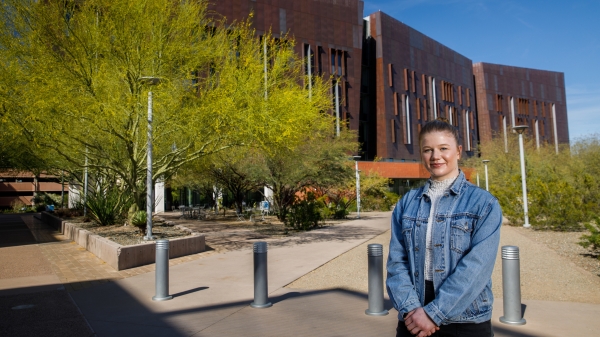
First exchange student for Biodesign Institute Europe bridges labs 5,000 miles apart
This spring semester, Grace Colley traveled to Arizona State University and became the first student to participate in the Biodesign Institute Europe student exchange program. In doing so, she helped…
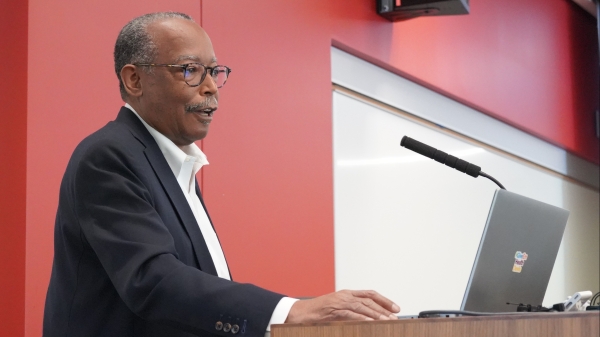
College of Health Solutions hosts visit from leading expert in genomic research
Some fortunate Arizona State University faculty, staff and students were able to gain valuable insights and perspective during a visit by one of the country’s leading figures in health and scientific…
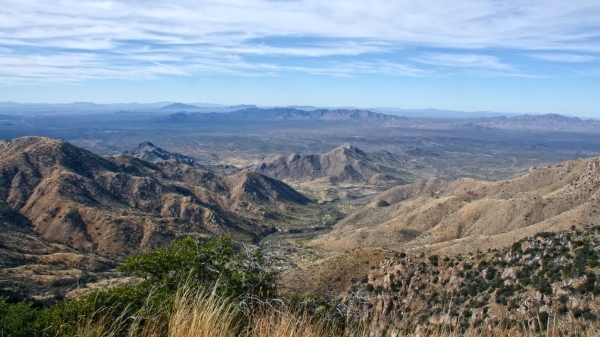
Indigenous ASU research team recommends assistance for tribal members still reeling from COVID-19’s effects
When Matt Ignacio’s tribe, the Tohono O’odham Nation, donated $1 million to Arizona State University to support COVID-19 research, he applied for some of the money to understand and report any…
